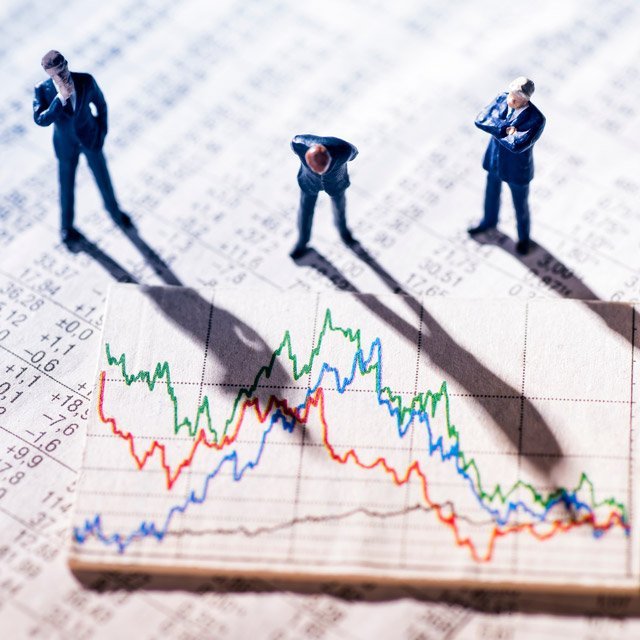Goldman, JPMorgan Strategists Say Equities Can Weather Bond Rout

As a global bond selloff gathers pace, equity strategists from Goldman Sachs Group Inc. to JPMorgan Chase & Co. reassured stock investors that there’s no need to fret about U.S. treasury yield curve’s inversion just yet.
“Recessions don’t typically start ahead of the curve inverting, and the lead-lag could be very substantial, as long as 2 years,” JPMorgan strategists led by Mislav Matejka wrote in a note. “Further, over this timeframe, equities tended to beat bonds handsomely,” they said, adding that the peak in equity markets historically takes place around a year after the inversion.
Goldman Sachs’s chief global equity strategist Peter Oppenheimer is of a similar view. “As the shift in the risk moves much more towards inflation, equities are at least relatively speaking more attractive, they’re a real asset, the dividends will grow over time with inflation,” Oppenheimer said in a Bloomberg TV interview on Monday.
U.S. stocks are on course for their best month this year, braving the war in Ukraine and the prospect of more aggressive rate hikes by the Federal Reserve to tame inflation. While a spike in commodity prices has raised concerns about the economic outlook, exacerbating the steepest bond rout of the modern era, equities have so far remained largely immune to recession jitters.
“Recessions only started on average 16 months after the inversion in the spread, and never before,” JPMorgan’s strategists said. As the 10-year-2-year curve “is not outright inverted at present, the clock has not started ticking yet,” and “equities still offer supportive risk-reward over the medium term.”
A growing number of money managers are betting equity indexes have already largely priced in bearish bond moves, while all signs suggest the U.S. economy remains in decent health.
Some contrarian buy signals are now emerging. Bank of America Corp.’s Bull & Bear Indicator is flashing buy on equities for the first time since the onset of the pandemic in March 2020.
“Typically, when the Fed is on a path to rapidly hike interest rates, financial conditions are usually tightening, restricting lending and weighing on growth prospects, which can put downward pressure on stocks,” said Jeffrey Kleintop, chief global investment strategist at Charles Schwab. “But that isn’t happening now. Financial conditions in major countries, including the U.S., are actually easing.”




